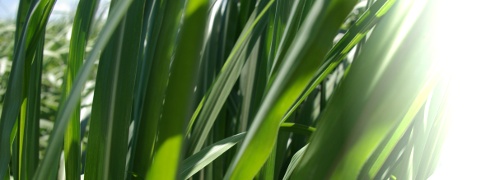Original Author: Susan E Hetherington, University of Queensland, with update by David Brummell, Plant and Food Research, New Zealand
Plants may develop physiological disorders when exposed to low but non-freezing temperatures. The German plant physiologist Molisch suggested the term ‘chilling injury’ as long ago as 1897 to describe this phenomenon. Symptoms of chilling injury can differ widely between species, but usually develop rapidly in plants native to tropical and subtropical climates and almost imperceptibly slowly in plants originating in cool temperate climates. Within the range of chilling temperatures, that is, from the temperature of the freezing point of the plant tissue up to about 13°C, the rate at which chilling injury develops intensifies with decreasing temperature and increasing duration.
Throughout history, people around the world have collected plants on their travels and taken them to other countries and continents. When tropical and subtropical plants collected from low altitudes have been taken to temperate climates they have had to be housed in protective structures for all or part of the year. In the case of Citrus species introduced into northern Europe in the sixteenth and seventeenth centuries from warmer southern climates, summer temperatures in countries such as France and Germany were mild enough to allow these trees to be grown outside in the summer. At other times of the year, however, potted trees were moved into buildings known as orangeries for protection against the low temperatures. Similarly, during the late seventeenth century, a time when a great number of exotic chilling-sensitive palms, trees and foliage plants were introduced into temperate countries by plant collectors operating in the tropics and subtropics, these plants had to be protected from exposure to low temperatures at all times. Chilling-sensitive foliage plants such as Episcia spp., which are native to the Amazon basin, are killed within 30 min of being exposed to 1°C. Survival of such highly sensitive plants necessitated year-round protection from cold. This requirement was met by the invention of the heated glasshouse in the 1880s.
In modern agriculture, many species are cultivated outside their original microclimate. For example, avocado (Persea americana Mill.) was taken from tropical highlands in Mexico and is now grown in the temperate North Island of New Zealand and in inland Australia where nights are cold. When the new location has temperature minima below those of the region in which the plant evolved, problems of chilling injury can arise.
